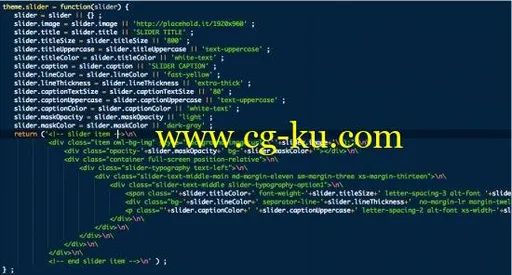Genre: eLearning | MP4 | Video: h264, 1280×720 | Audio: aac, 48000 HzLanguage: English | VTT | Size: 1.77 GB | Duration: 13 hoursWhat you’ll learnDiscover how functional programming addresses complexitySee a comparison of functional programs with traditional imperative programsLearn the basics of Haskell datatypes and functionsWrite and deploy a simple web applicationStructure larger Haskell programsSee how to model your problem domain with precise types and how to reap the benefits of doing soRequirementsA computerInternet connectionBasic understanding or procedural or object oriented programmingYou need not have any software installed prior to taking up this course.
The course will take you through the installation procedure of all the software needed.
DescriptionWhat makes functional programming great?Let’s dive into this course and figure out the reason for the buzz around functional programming.
In this Video Learning Path, we study a purely functional programming language— Haskell—and discover its capabilities.
Packt’s Video Learning Paths are a series of individual video products put together in a logical and stepwise manner such that each video builds on the skills learned in the video before it.
Haskell is a powerful and well-designed functional programming language designed to work with complex data.
Its emphasis on purity makes it easier to create rock-solid applications that stay maintainable and error-free even as they grow in scale.
In this Learning Path, you will start with learning the fundamentals and building blocks of Haskell programming language with special emphasis on functional programming.
You will learn how to solve programming problems and gain hands-on experience of creating an application.
You will then move on to learn how to write expressions and high-order functions.
We will then go on to discuss two other structured forms of interaction: streaming libraries and functional reactive programming.
By the end of this course, you’ll have an in-depth knowledge of various aspects of Haskell, allowing you to make the most of functional programming in Haskell.
To ensure that you get the best of the learning experience, in this Learning Path we combine the works of some of the leading authors in the business.
About the AuthorRichard Cook is a staff software engineer at Tableau Software working on high-performance relational database systems.
He works primarily in C++ but has experience in a broad range of languages and technologies.
He frequently applies functional programming and Haskell experience in his daily work.
He organizes the Seattle Area Haskell Users’ Group and is an active member of the Seattle functional programming community.
He is currently working on developing a machine learning framework for Haskell.
Hakim Cassimally learned the basics of Lisp 15 years ago and has been interested in functional programming ever since.
After Audrey Tang developed the first prototype of Perl6 in Haskell (Pugs), he got seriously interested in Haskell and has written, spoken, and evangelised about learning and writing Haskell since 2006.
Samuel Gélineau is a Haskell developer with more than 10 years of experience in Haskell Programming.
He has been blogging about Haskell for about the same time.
He has given many talks at Montreal’s Haskell Meetup, and is now co-organizer.
Samuel is a big fan of functional programming, and spends an enormous amount of time answering Haskell questions on the Haskell subreddit, and as a result has a good idea of the kind of questions people have about Haskell, and has learned how to answer those questions clearly, even when the details are complicated.
Who this course is for:This course is ideal for anyone with a little experience in imperative or object-oriented programming language and wants to learn about functional programming or Haskell.

